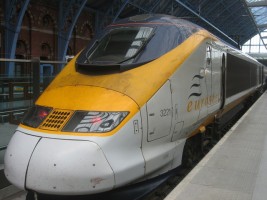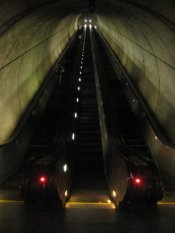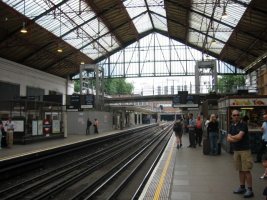no images were found
Back in February 2016, there was a Travelogue post about
Andrew Lynch’s totally accurate but totally useless subway maps. This week, I’ve seen another one of Andrew Lynch’s projects floating around the internet, and I think this one falls in to the same category. This week’s hot topic is his complete and geographically accurate NYC subway track map. A track map is a map that shows all the tracks of a given subway, including the switching tracks, non-revenue connections between lines, and so on. The point of using this type of map isn’t so much to be able to navigate from point A to point B, but rather to understand how the subway system as a whole comes together, and in the case of a system as complex as New York’s, to see the myriad of routing options available for all the trains.
However, in my opinion, I think the value of a geographically accurate track map is limited. As I’ve discussed here and there in other posts, there are certainly times where it is interesting to see how things are laid out geographically, as opposed to on the not-to-scale subway maps that are generally used for navigation by the public. However, if the primary purpose of a track map is to show how all the individual tracks and platforms come together to form a single system, how necessary is it that everything be exactly to scale? On the flip side, especially in the case of New York where the MTA’s map distorts geography and makes some lines that are quite close together appear much further apart, it is fascinating to see how the B, D, F, and M trains not only pass under the 4, 5, and 6 tracks within the Broadway-Lafayette Station, but also the N, Q, R, and W tracks, or how the 2, 3, 4, 5, B, and Q trains all operate under Flatbush Avenue for a distance in Brooklyn.
View this map on Andrew Lynch’s website by clicking here.
Do you prefer having a scale track map, or does Andrew Lynch’s latest creation fall in to the accurate but useless category? Leave a comment with your opinion!
Oren’s Reading List is an occasional feature on The Travelogue in which I share articles that I’ve read that might also be of interest to the readers of this website.




